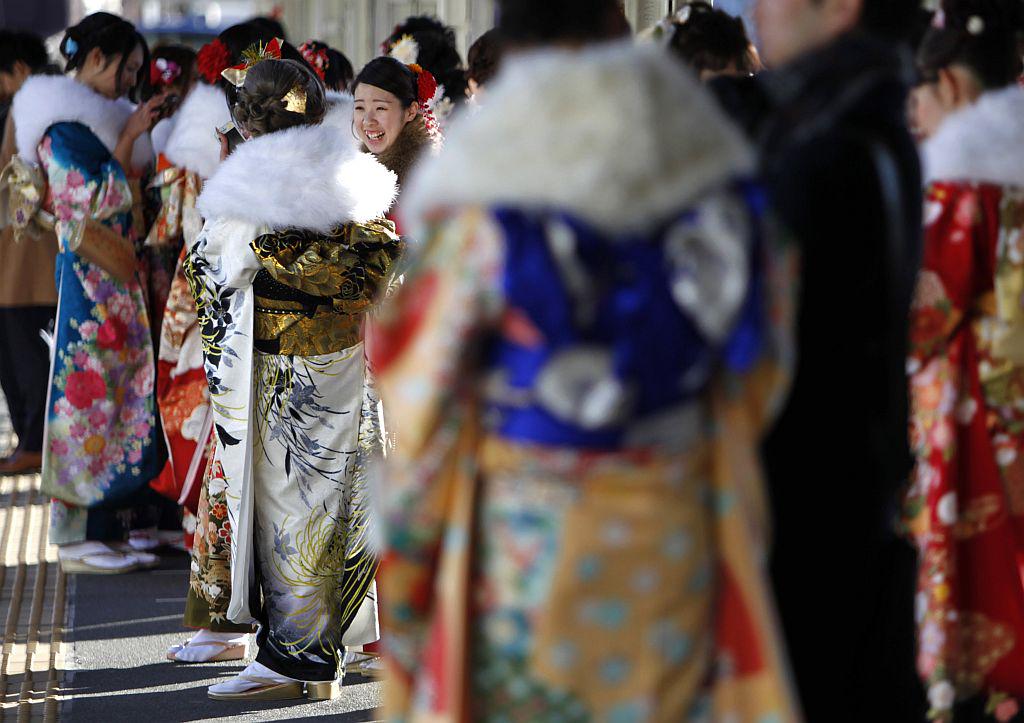
In the 1920s and 30s, an era before instantaneous global communication and jet travel, the people of Ljubljana were frequently startled by the sight of a Japanese woman walking around the capital in a kimono. Her Slovenian name was Marija Skušek, but she was born as Tsuneko Kondo-Kawase in the Japanese port city of Gifu.
At the end of the Russo-Japanese War, she moved to China with her family. Her father, an architect once employed by the Japanese Emperor, was a passionate art collector and amassed hundreds of valuable Japanese and Chinese artifacts, some even from the Chinese imperial court.
It was in Beijing where Tsuneko Kondo-Kawase met a Slovenian naval captain by the name of Ivan Skušek. The two fell in love, married, and after World War I, they both moved to Slovenia.
Over the next few years Kondo-Kawase, or Marija Skušek as she was now named, became a regular participant at lectures and conferences about Japan, the country’s culture and traditions, and the role of Japanese women in a rapidly changing society. She learned Slovenian, converted to Christianity, and became one of the most recognizable voices of a then-new medium; she frequently spoke about Japan on Radio Ljubljana.
A nurse by profession, Marija Skušek was also an active member of the Red Cross and received a special commendation for her humanitarian work.
She died in 1963, but her legacy lives on in Ljubljana’s Ethnographic Museum. Before her death, she donated her father’s vast collection of Asian artefacts to the museum. The collection is now named in her honor – as a tribute to a woman who gave the Slovenian people their first real glimpse of the East Asian people and their traditions.

































































